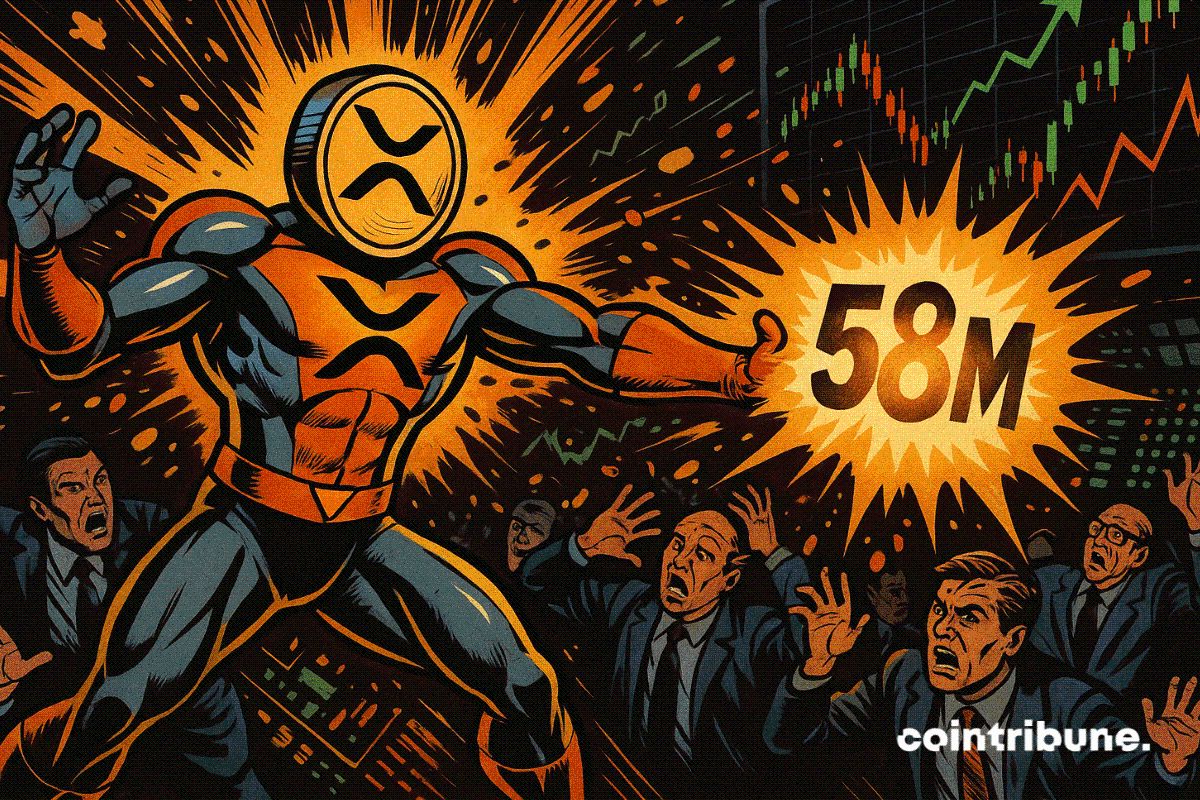Zero-Knowledge Digital ID Faces Major Risks Despite Privacy Gains
- ZK digital IDs boost privacy but raise risks of coercion and reduced pseudonymity.
- One-person-one-ID limits privacy by making all actions traceable to a single identity.
- Proof-of-wealth alternatives miss key use cases like universal access and fair governance.
Digital identity solutions powered by zero-knowledge proofs (ZKPs) are gaining ground across global markets, promising a breakthrough in privacy protection. Several projects, including World ID and Taiwan’s digital ID initiative, are applying ZKPs to verify user authenticity without exposing personal information.
However, industry experts note that even as these protocols solve major privacy problems, ZK-wrapped digital IDs retain major risks related to coercion, error, and the core requirement of maintaining a unique identity per person.
Does digital ID have risks even if it's ZK-wrapped?https://t.co/rye1q5G90G
— vitalik.eth (@VitalikButerin) June 28, 2025
The appeal of ZK-wrapped digital identity lies in its ability to prevent overexposure of user data. Under these systems, a user proves possession of a valid ID, whether based on biometrics or government documents, using a secret major stored on their device.
The system generates application-specific pseudonymous identities, ensuring a single account per app without directly linking activity to legal identities. These solutions address current issues around data minimization, allowing platforms to verify eligibility, such as age or citizenship, without full disclosure.
Despite these advancements, the structure introduces new complications. The restriction to one identity per user across applications can erode the practical pseudonymity afforded by traditional digital accounts. For instance, in most current systems, users are able to maintain multiple identities or personas across or within services. ZK-based systems implementing strict one-person-one-ID models could inadvertently force all online actions into a single, potentially traceable identity.
Privacy Limitations and Coercion Vulnerabilities
While ZKPs can shield identity data from routine surveillance, they do not remove all privacy risks. If a user’s secret key is compromised or forcibly disclosed, authorities or employers can reconstruct a comprehensive profile of activity across services.
Recent regulatory trends, such as U.S. visa applicants being compelled to share social media information, demonstrate real-world examples where these protections may be bypassed. Additionally, application suppliers might require users to reveal their broader identity as a condition for access, further undermining privacy guarantees.
Some system layouts attempt to counteract force by using multi-party computations that limit the ability to correlate IDs across applications. However, these measures are not universally adopted and often introduce operational complexities.
Edge Cases and Systemic Gaps Remain
ZK-wrapped ID systems draw limitations from their underlying identity sources. Government-issued documents may exclude stateless individuals or give multiple advantages to holders of several passports—biometric IDs present risks of spoofing or exclusion of users with specific disabilities.
Alternatives based on proof-of-wealth can only help constrain bot traffic and will not meet requirements such as universal basic access or equitable online elections. On various platforms, identity participation is required to detect manipulation and provide equal access to digital resources or governing regimes.
Disclaimer: The content of this article solely reflects the author's opinion and does not represent the platform in any capacity. This article is not intended to serve as a reference for making investment decisions.
You may also like
Banking, Sports, and AI: Polkadot’s New Battleground in North America!



Cash App Sets 2026 Rollout for Major Crypto Upgrade With Stablecoin and Bitcoin Payment Features

